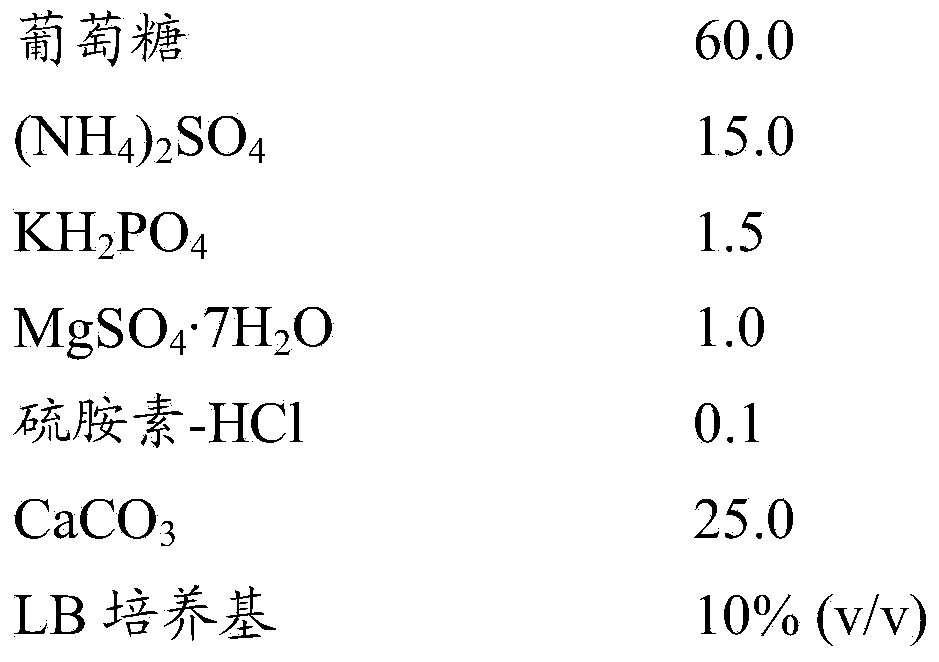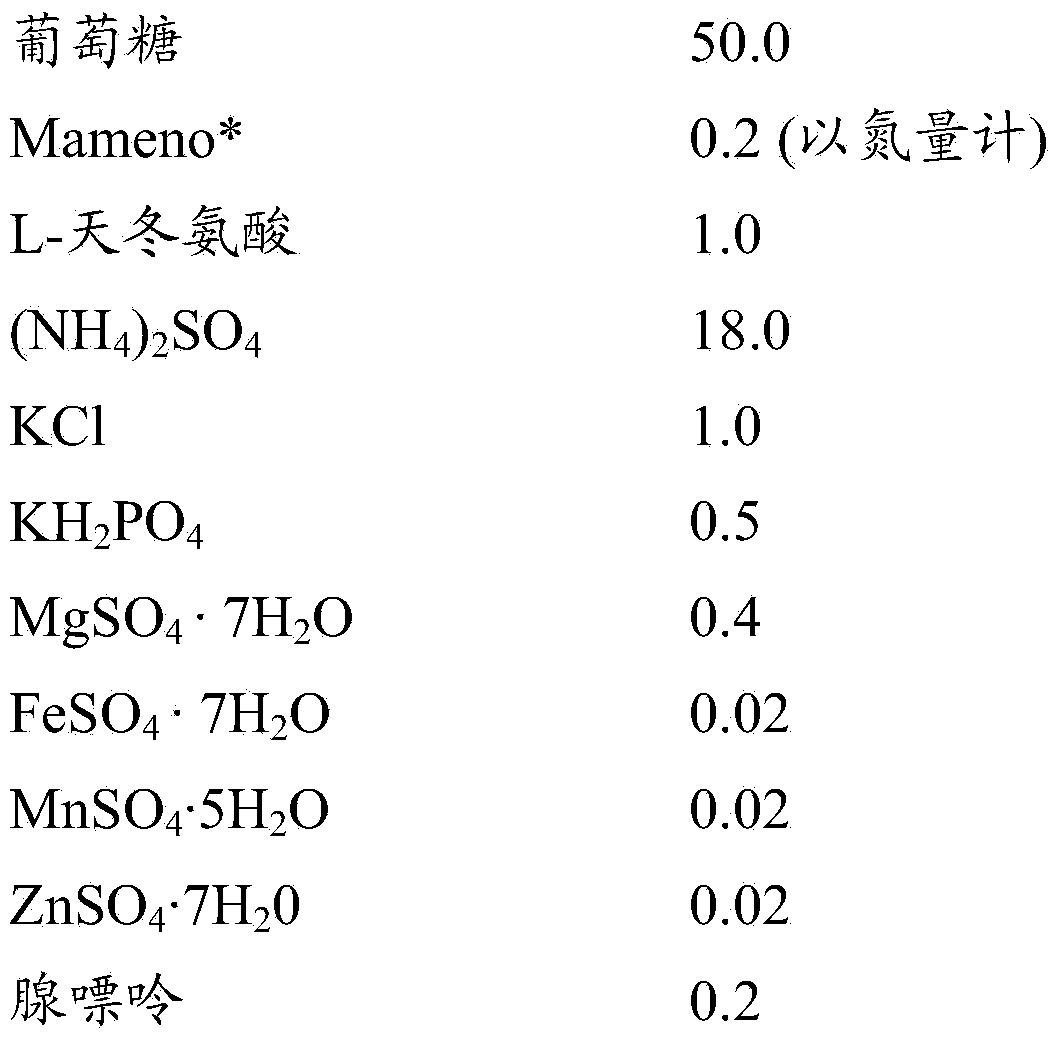Method for producing L-amino acid using bacterium of family Enterobacteriaceae having attenuated expression of yjjK gene
A technology of Enterobacteriaceae and amino acids, applied in the field of Enterobacteriaceae bacteria to produce L-amino acids, Escherichia coli species, can solve the problem of weakening yjjK gene and so on
- Summary
- Abstract
- Description
- Claims
- Application Information
AI Technical Summary
Problems solved by technology
Method used
Image
Examples
Embodiment 1
[0148] 1.1 Construction of Escherichia coli strain with yjjK gene inactivation
[0149] The yjjK gene was deleted using a method called "λRed / ET driven integration" developed by Datsenko K.A. and Wanner B.L. (Proc. Natl. Acad. Sci. USA, 2000, 97(12), 6640-6645). According to this method, PCR primers P1 (SEQ ID NO: 3) and P2 (SEQ ID NO: 4), which are adjacent to each end of the yjjK gene in the template chromosome, and which confer kanamycin resistance (Km R ) gene homology. Using E. coli MG1655ΔattBphi80native IS5.11::LattBphi80-Km R-RattBphi80(Minaeva N.I.et al.,Dual-In / Out strategy for genes integration into bacterial chromosome: a novel approach to step-by-step construction of plasma-less marker-less recombinant E.coli strains with predesigned genome structure.BMC Biotechnol., 2008, 8:63) chromosome as a template. The PCR conditions are as follows: the initial denaturation is 95°C for 3 minutes, the curves of the first two cycles: 95°C for 1min, 34°C for 30sec, and 72°C ...
Embodiment 2
[0154] The construction of the Escherichia coli L-valine producing strain of embodiment 2.yjjK gene inactivation
[0155] The yjjK gene was deleted from the E. coli H-81 L-valine producer strain using P1 transduction (Miller J.H. "Experiments in molecular genetics", Cold Spring Harbor Laboratory, Cold Spring Harbor (1972)). H-81 bacterial strain (EP1239041A2) was preserved in Russian National Industrial Microbiology Collection Center (VKPM) (Russian Federation, 117545Moscow, 1 on January 30, 2001) st Dorozhny proezd,1), with the deposit number VKPM B-8066, was converted to an international deposit on February 1, 2002 under the Budapest Treaty. Using E. coli MG1655ΔattBphi80native ΔyjjK::Km R strain (Example 1) as a donor. In containing lysogenic broth (Sambrook, J. and Russell, D.W. "Molecular Cloning: A Laboratory Manual", 3 rd ed., Cold Spring Harbor Laboratory Press (2001)), agar (1.5%) and kanamycin (50mg / L) on the plates to select the yjjK-deficient mutant of Escheri...
Embodiment 3
[0157] Escherichia coli H-81ΔyjjK::Km R L-valine production by the strain
[0158] The modified Escherichia coli H-81ΔyjjK::Km R Bacterial strain and control Escherichia coli H-81 strain were respectively in Luria-Bertani broth (also known as lysogenic broth, such as Sambrook, J. and Russell, D.W. "Molecular Cloning: A Laboratory Manual", 3 rd ed., described in Cold Spring Harbor Laboratory Press (2001)) at 32°C for 18 hours. Then 0.2 mL of the obtained culture was inoculated into 2 mL of fermentation medium in a 20×200-mm test tube, and cultured on a rotary shaker at 250 rpm at 30° C. for 48 hours.
[0159] The composition (g / L) of fermentation medium is as follows:
[0160]
[0161] The fermentation medium was sterilized at 116°C for 30min, but glucose and CaCO 3 Separately sterilize as follows: glucose at 110°C for 30 min, CaCO 3 It was 116°C for 30min. The pH was adjusted to 7.0 with KOH solution.
[0162] After culturing, accumulated L-valine was measured using...
PUM
 Login to View More
Login to View More Abstract
Description
Claims
Application Information
 Login to View More
Login to View More - R&D
- Intellectual Property
- Life Sciences
- Materials
- Tech Scout
- Unparalleled Data Quality
- Higher Quality Content
- 60% Fewer Hallucinations
Browse by: Latest US Patents, China's latest patents, Technical Efficacy Thesaurus, Application Domain, Technology Topic, Popular Technical Reports.
© 2025 PatSnap. All rights reserved.Legal|Privacy policy|Modern Slavery Act Transparency Statement|Sitemap|About US| Contact US: help@patsnap.com



